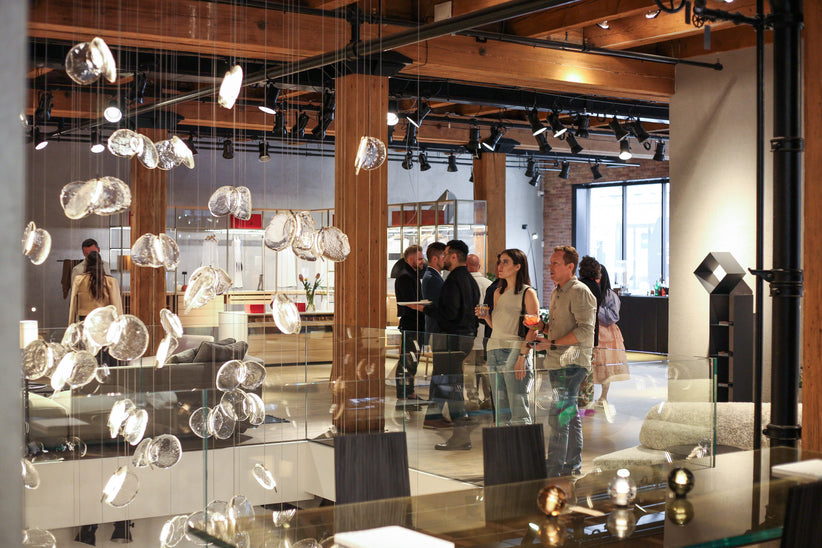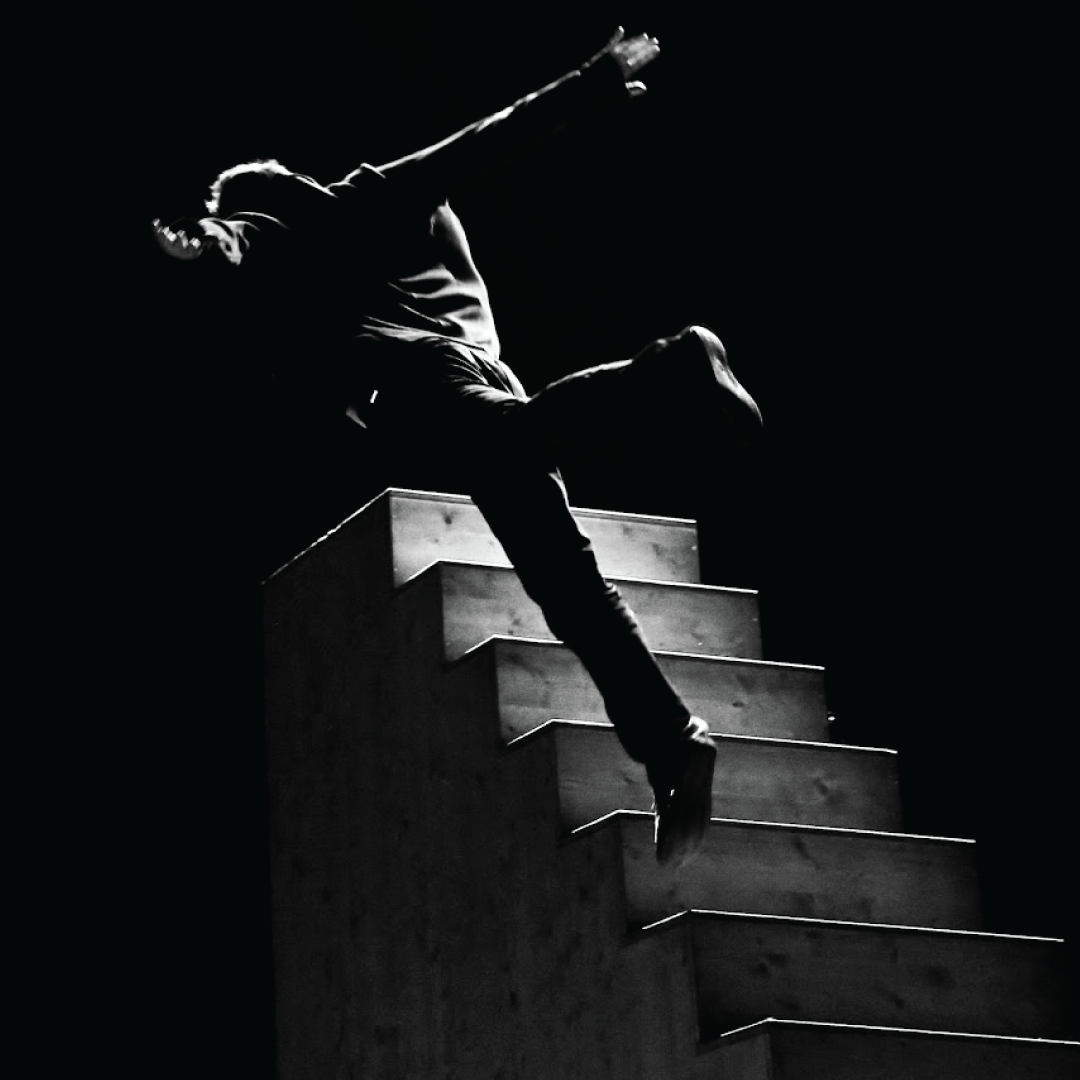It is often thought that the French have an uncanny aptitude for taking dreams and manifesting them seamlessly into realities that are at once ephemeral and unambiguous, crafting meditations on physicality and how elegant and artful it can be, historically with the circus arts and now in a spectacular harmony of dance and theater with Grenoble-based choreographer and former acrobat Yoann Bourgeois. In Bourgeois work, the relationship between the body and the space it inhabits feels at once weightless and surreal, propelling us into a dreamlike state that is nonetheless attentive to the environment and its opposing energies. As much as we are hypnotized by the breathtaking, balletic phenomenon that Bourgeois choreographs and performs, we are also privy to the constant search for life embedded in the performance, what Bourgeois calls “the unreachable suspension point,” aware that the journey involved is not without risk, apprehension, and uncertainty.
Profoundly rooted in his narrative is a play on gravity, continually toying with it to defy it and challenge it but also to exploit and embrace it. Here Yoann Bourgeois compels us to reimagine how our surroundings manipulate our bodies, however much we try to influence them, whether feebly or convincingly. In a powerful piece about life, Bourgeois can be seen gracefully and elegantly ascending a staircase, only fall off the steps on to a trampoline below, which in turn gently thrusts him back on to the steps, sometimes lower and sometimes higher from whence he fell. As he falls, he appears to float, and once on the steps he moves in a relaxed speed, like each fall is inevitable and not some traumatic event. This nonchalance can be interpreted as a futile or melancholic view on life, as we face the meaningfulness in remaining upright yet confront the inescapable feat of never quite staying on top, a memorandum on space, time, and human nature. In Mechanics of History at the Pantheon Yoann drew on the same theme yet added more male dancers to the performance, competing to get to the top of the staircase with a more weighted critique on the powerful and powerless, one embodiment of the sublime synchronized with another for a but a moment, in what has been called a “kinetic essay on the entitled persistence of man” imbued with wonder, folly, and chance.
Referred to as a “dramatist of physics” by the New York Times, Yoann Bourgeois’ living art is particularly dynamic and sensationally corporeal in He Who Falls, a uniquely awe-inspiring theater of movement overlayed with an amplification of speed and sound. Here, six performers dramatize a metaphor of the world spinning out of control, as the platform on which they stand, suspended from the ceiling, oscillates and spins, sometimes gently and sometimes with force, causing them to lean, hang, come together, and break apart in a dance of suspense and doubt. It is playful, but there is a sense that something more menacing is at play – are the dancers fate left to the will of the technicians who manipulate the stage, or to gods if the platform is a metaphor for the Earth, or do the dancers movements contribute to their own instability, as we may play a part in the destruction of our own planet? As the dance moves forward, we learn that only by working together can the dancers maintain an equilibrium, a cleverly expressed philosophy of humankind that one reviewer noted was an “extraordinary ride of kaleidoscopic proportions performed with exquisite grace and dignity.” Uniting circus skills with physical theater and dance, Bourgeois opens our minds with performances that are technically impressive and legitimately risky, a statement on “mankind in miniature” that allows us to reexamine our relationship to the world around us in ways that are novel, refined, and ultimately, beautiful, the substance of dreams made real.
January 2024


























